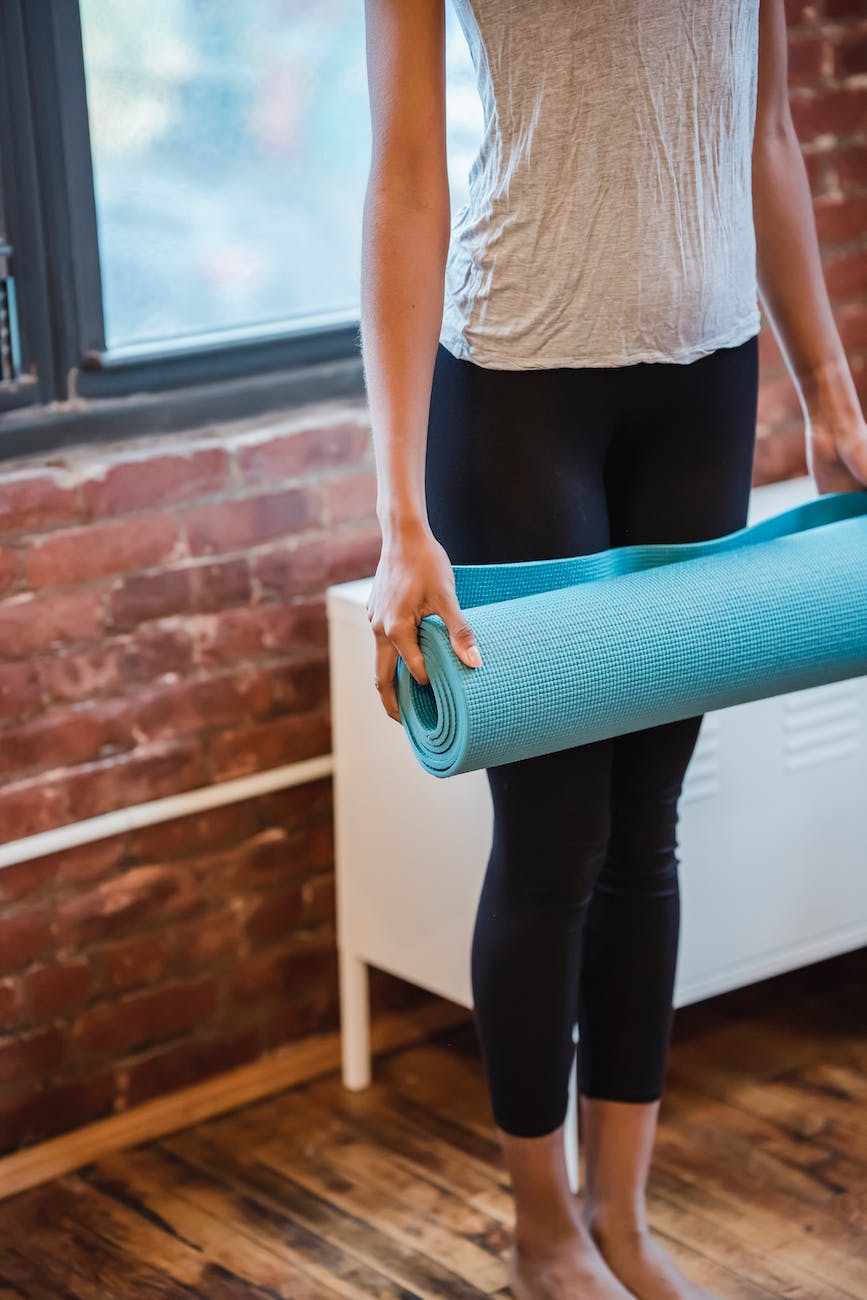
Introduction:
Diastasis recti, a common condition particularly among postpartum women, has garnered significant attention in the fitness and health community. This blog post aims to provide a comprehensive understanding of diastasis recti, drawing insights from the informative YouTube video by Buff Body, titled “DIASTASIS RECTI: What it is? How to Fix it?”.
What is Diastasis Recti?
Diastasis recti is a condition characterized by the separation of the rectus abdominis muscles, commonly known as the ‘six-pack’ muscles. While it’s prominently seen in postpartum women, it can also occur in individuals with substantial abdominal weight. The condition results from the stretching of the linea alba, a connective tissue, leading to a gap between the abdominal muscles.
Identifying Diastasis Recti:
One of the simplest ways to identify this condition is by observing the shape of your abdomen during certain movements. If you notice a bulging or ‘doming’ of your belly, particularly when sitting up, it might be an indication of diastasis recti. This bulging is due to the weakened midline of the abdominal muscles.
Why Address Diastasis Recti?
Neglecting diastasis recti can lead to various complications, including lower back pain, core instability, and reduced strength in physical activities. The weakened core can alter your body mechanics, leading to additional strain on your back and other muscles.
Exercise and Recovery:
The video emphasizes a structured approach to exercises, advocating for a progression from simple awareness to more complex movements. The initial focus is on creating awareness and control of the abdominal muscles through breathing techniques and gentle contractions. As control improves, the exercises gradually become more challenging.
Beginner Exercises:
- Awareness and Breathing: Learning to pull the belly button in and up while breathing deeply.
- Basic Core Engagement: Lifting one leg at a time while maintaining core stability.
- Advanced Leg Movements: Gradually extend the leg further while keeping the abdominals from bulging.
Advanced Exercises:
- Toe-to-Bar Movements: Requires more control and is suitable for individuals who have regained significant strength in their core.
- Rotational Exercises: These are introduced at later stages and include movements like heavy wall slams, focusing on controlled rotational strength.
Key Points to Remember:
- Progress gradually and focus on maintaining control over abdominal muscles to prevent doming.
- Avoid exercises that exacerbate the separation.
- Be cautious of using compression belts as they might lead to further weakening of the muscles.
Adapting Post-Diastasis Recti:
Post-recovery, it’s essential to adapt to your body’s new dynamics. This might involve modifying certain exercises and being patient with your progress. Always consult with a fitness professional or a physiotherapist for tailored advice and exercise modifications.
Conclusion:
Diastasis recti is a manageable condition with the right approach and understanding. The key is to start with awareness, progress gradually, and focus on exercises that strengthen the core without causing further separation. Remember, everybody is different, and recovery times can vary, so it’s crucial to listen to your body and consult with health professionals.
Incorporate the knowledge from this post and the insights from Buff Body’s video to effectively manage and recover from diastasis recti. Remember, patience and consistent effort are your best allies in this journey.
This blog post is designed to be informative, engaging, and detailed, providing a thorough understanding of diastasis recti and practical advice for managing it, inspired by the Buff Body’s YouTube video.
FAQs
- What is diastasis recti? Diastasis recti is a condition where there’s a separation of the rectus abdominis muscles, often related to pregnancy or significant weight gain in the abdominal area.
- Who is at risk of developing diastasis recti? Pregnant women, especially those with multiple pregnancies, are at a higher risk. Additionally, individuals with obesity or substantial abdominal weight may also develop this condition.
- How can I tell if I have diastasis recti? One common method is the ‘belly bulge’ test: when you sit up from lying down, observe if there’s a noticeable bulge or doming in your abdomen.
- Are there any complications associated with diastasis recti? If not managed, it can lead to lower back pain, core instability, and a reduction in physical strength.
- Can diastasis recti be fixed without surgery? Yes, many cases can be improved significantly through specific exercises and lifestyle changes.
- What are some effective exercises for diastasis recti? Exercises focus on gently strengthening the core, starting with breathing techniques and progressing to more advanced core exercises.
- How long does it take to improve diastasis recti? The recovery time varies depending on the severity and the individual’s consistency with exercises and lifestyle adjustments.
- Can diastasis recti occur in men? Yes, although less common, men can develop diastasis recti, usually due to obesity or improper exercise techniques.
- Should I wear a compression belt for diastasis recti? Generally, it’s not recommended as it can lead to further weakening of the muscles. It’s better to focus on strengthening exercises.
- Is it safe to do abdominal workouts with diastasis recti? It depends on the workout. Avoid exercises that cause abdominal doming and focus on diastasis-safe exercises, especially in the initial stages.
Blog Tags for the Post: Diastasis Recti, Postpartum Recovery, Core Strengthening, Pregnancy Fitness, Abdominal Health, Women’s Health, Exercise Therapy, Wellness, Fitness Journey, Rehabilitation











